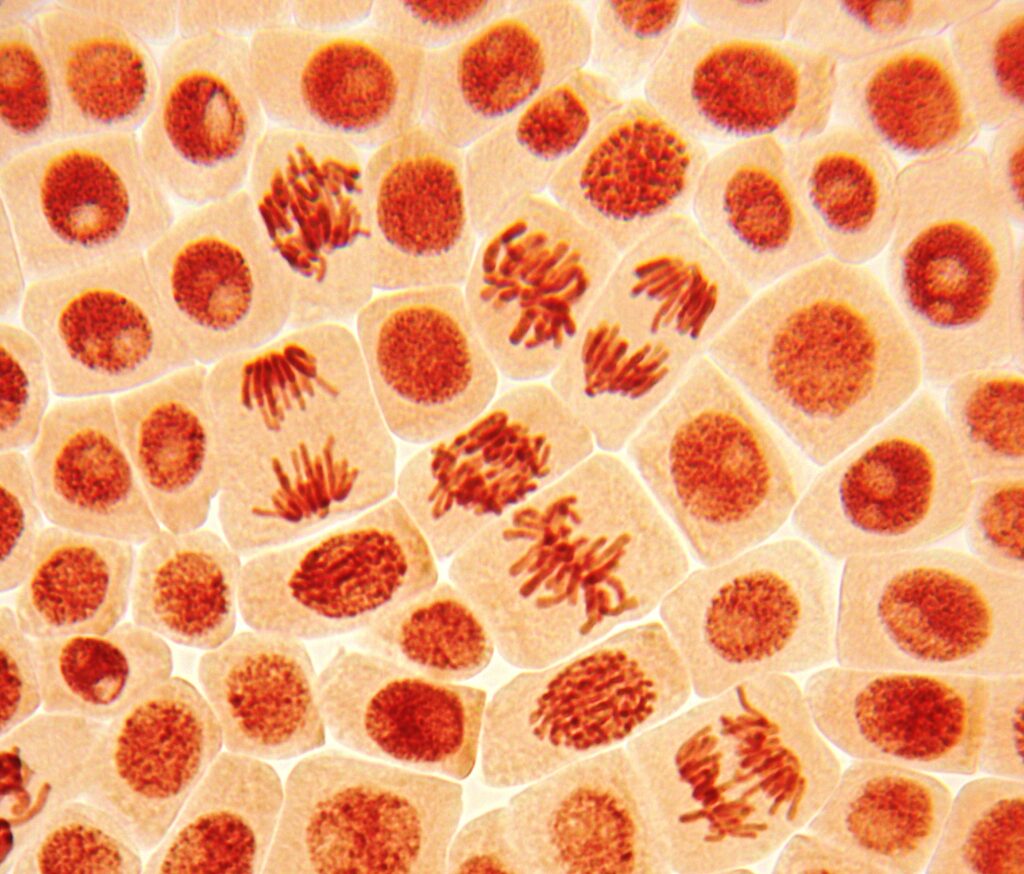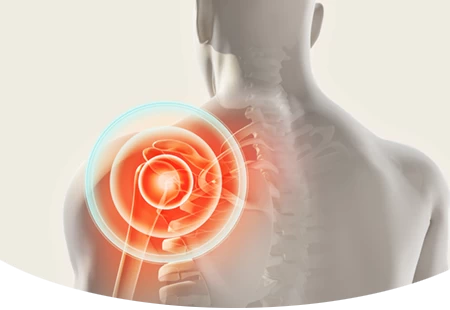The more you investigate into regenerative medicine, the more you’ll hear about stem cells. There is a very good reason for this. Stem cell based treatment can help you replenish essential cells with new cells, particularly if your current existing stem cell count just isn’t up to the task.
Of course, there are limits. Stem cells from bone marrow can only become other bone marrow cells or blood cells. This means you need specific stem cells to treat your condition, not just any.
There are many questions to ask about stem cell treatment before you start. You may be wondering are stem cells dangerous, does the treatment have side effects, and more. This guide will cover everything you need to know to put your mind at rest:
Are Stem Cells Dangerous?
No, stem cells are simply a type of cells in your body. They occur naturally, and are actually essential for living. They work to replace damaged or diseased cells in the body, making them key for maintaining homeostasis (maintaining your health) and also for healing.
There are some concerns, of course, when it comes to acquiring donor stem cells to help boost your own stem cell count.
Embryonic Stem Cells
These are not dangerous at all to you. Embryonic stem cells, on the other hand, have the most potential in regenerative medicine. The danger is to the embryo itself, since it will be destroyed in the process of extracting the stem cells. This causes major ethical dilemmas, which is why there are severe limits on its use even in stem cell research. Currently the only way you might be injected with these types of cells is as part of a clinical trial.
The cells used in those trials must be sourced from donated IVF samples. In some cases, those samples must have been created before 2001 (as is the case in the United States). This means that a couple who went through IVF and now have the family they wanted can donate their unused fertilized eggs to science. No embryo with the potential to become a human without scientific and medical intervention (in other words, a natural-born embryo) is used.
Adult Stem Cells
What are stem cells today? Stem cell based-injections and treatments largely rely on adult stem cells. These are very safe, and what is largely used by stem cell clinics today. In the future, adult cells may be widely genetically reprogrammed into an embryonic state (known as induced pluripotent cells), but this technology is still too expensive (10x more expensive than current injection treatments).
These stem cells could, potentially, carry on diseases and other conditions, but there are many steps that are taken ahead of any injection to stop those risks in their tracks.
Are Stem Cell Injections Dangerous?
What are stem cell injections, that they work to boost your stem cell count, you may ask? Rest easy, as stem cell treatments are simply stem cells.
Stem cell clinics like Bioxcellerator screen, purify, and then store stem cells from donor tissue and then give you them when the time is right via an IV or injection, depending on your condition.
We use stem cells derived from Wharton’s Jelly, which is a jelly-like substance that surrounds the umbilical cord. We only work with donated tissue, so there’s no ethical issue involved at all. We aren’t taking away from someone’s stem cell count, and we are also not using embryonic stem cells for treatment.
There’s another benefit to using stem cells derived from Wharton’s Jelly. These cells are considered juvenile. They don’t have a protein on their surface that immune systems like to attack, and therefore, they’re easier for your body to accept and put to work.
Getting your body to accept foreign cells is most of the battle, after all. By using juvenile cells, we can help make sure your body sees the new cells as a friend, not a foe.
Are There Side Effects to Stem Cell Treatment?
There are very, very minor side effects to stem cell treatments. Most of the concerns are actually dealt with long before you ever even enter the same room as a stem cell injection:
1. Screening Donated Umbilical Cords
We start by only acquiring umbilical cords whose origin meets or exceeds our standards. This means that the woman the umbilical cord originated in was in good overall health, and not likely to have a degenerative or chronic condition that could potentially be passed down.
2. Extract the Stem Cells
The next step we take is to extract the stem cells from the Wharton’s Jelly. Once they’re extracted, however, they go through another screening and purifying process.
3. Screening and Purifying
We screen for any conditions or issues in the cells, take out any problematic ones, and then work on purifying the rest. We also may energize the cells to increase the overall stem cell count. Then, after that energizing process, we once again screen them to make sure all cells are top-notch. This extra effort is how we can protect you from the possible dangerous side effects, and why stem cell therapy cost is as high as it is.
4. Storage
Like all cells, stem cells have a short shelf-life outside the body. That’s why we immediately store them in cryogenics storage. In other words, we freeze them until they’re needed.
This involved process removes the risk of inheriting diseases or conditions during the stem cell injection. What are stem cell injections made up of other than stem cells? Rest assured, the only additional ingredient in your stem cell transplant is a growth hormone to help the cells energize and get to work as fast as possible. There are no heavy metals or other questionable substances involved.
Have More Questions?
Stem cells in and of themselves are not dangerous. The treatments themselves aren’t dangerous (there are minor side effects, like nausea or fatigue, but nothing truly concerning).
However, fully understanding the treatments you elect for is essential for your peace of mind and health. That’s why we welcome you to visit us at any of the locations we cover, and book an appointment. Our team will be more than happy to go through everything you need to know about stem cell treatment and, if you’re a good fit, get you started.


